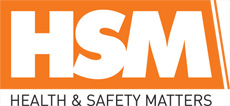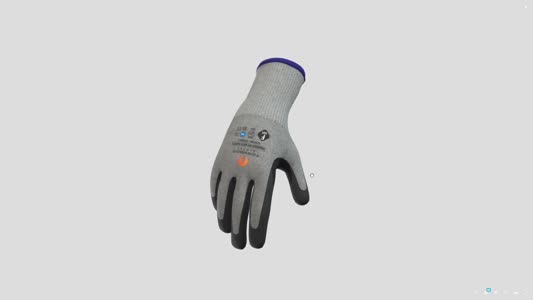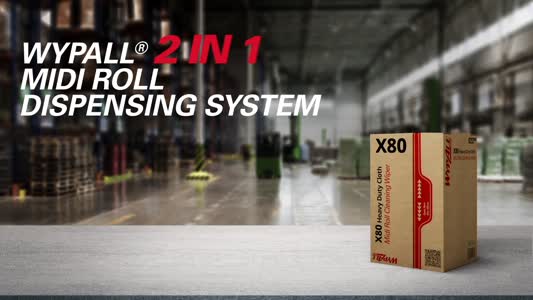
 |
Mark Sennett
Managing Editor |
 |
Kelly Rose
Editor |
Is giving up PU gloves easier than stopping smoking?
26 February 2015
The simple and straightforward answer to this question is YES. It is easier to give up PU gloves than smoking but what do PU gloves and smoking have in common?

There are many different ways to stop smoking – counselling and meditation to laser therapy and hypnosis but the most common is nicotine replacement therapy (NRT), more commonly known as nicotine patches.
How does it work?
A nicotine patch releases nicotine into the blood through the skin. The strength of the nicotine patch depends on the dose within the patch, which the body absorbs through the epidermis (skin), sweat glands and follicles (hairs on the body). Once absorbed into the body it’s released directly into the bloodstream moving at a rate of 31cm per second and passes through the heart within 60 seconds. Chemicals and harmful substances can easily be absorbed by our skin. It’s your choice, so make an informed choice.
Similarities between gloves and patches
It’s something that people don’t associate with one another but gloves are very similar to nicotine patches. They both rest directly next to the skin for many hours and many gloves today still contain residual chemicals left over from the manufacturing process.
Most receptive zone
Surprisingly it’s your hands. Why? Because they have the highest concentration of sweat glands per square centimetre of skin on our body. The palm of the hand has a staggering 238% more sweat glands (370cm2 vs 155cm2) per square centimetre than the average on the body.
Are PU gloves more dangerous?
There are two factors that make PU gloves more dangerous: construction and content. Construction as the palm of the PU glove is a closed cell (solid) meaning the hand cannot breathe. To cool the hands the body adapts by opening the sweat glands but, in doing so, it makes the skin more receptive. Still today many PU gloves contain harmful solvents in DMF that are restricted by European law under the Substances of Very High Concern (SVHC) provisions within the REACH regulation. This is the reason why manufacturers scramble to offer water-based PU gloves.
Time for change
Hot hands (PU gloves) and DMF (SVHC) has the potential to be the next asbestos case in the coming years. That’s why we at ATG® de- veloped the HandCare® program which is built into all our gloves making them the world’s most skin-friendly gloves.
MaxiFlex Cut is our new family member offering cut resistance, comfort and skin friendliness in an outstanding way.
Learn more at ATG HandCare program at http://www.atg-glovesolutions.com/en/ our-handcare-program-95/
Learn more about MaxiFlex Cut at http://www.atg-glovesolutions.com/en/ maxiflex-3/
Find out more at: www.atg-glovesolutions.com- New
People have been asking us to make a cut resistant MaxiFlex that's still super thin, flexible, dexterous and comfortable
So we did. Here it is.
Our new MaxiFlex Cut blends outstanding comfort, exceptional durability with cut- resistance making it the best value for money Cut Level 3 (EN388) glove on the market today.
360° breathability through the use of its patented micro-foam coating making it also the most breathable glove in the world.
The reinforcement between the thumb and forefinger, improves cut resistance and extends glove life in an inherently weak area.
An ultra thin coating affording you the dexterity to get the job done.
Guaranteed skin friendly.























